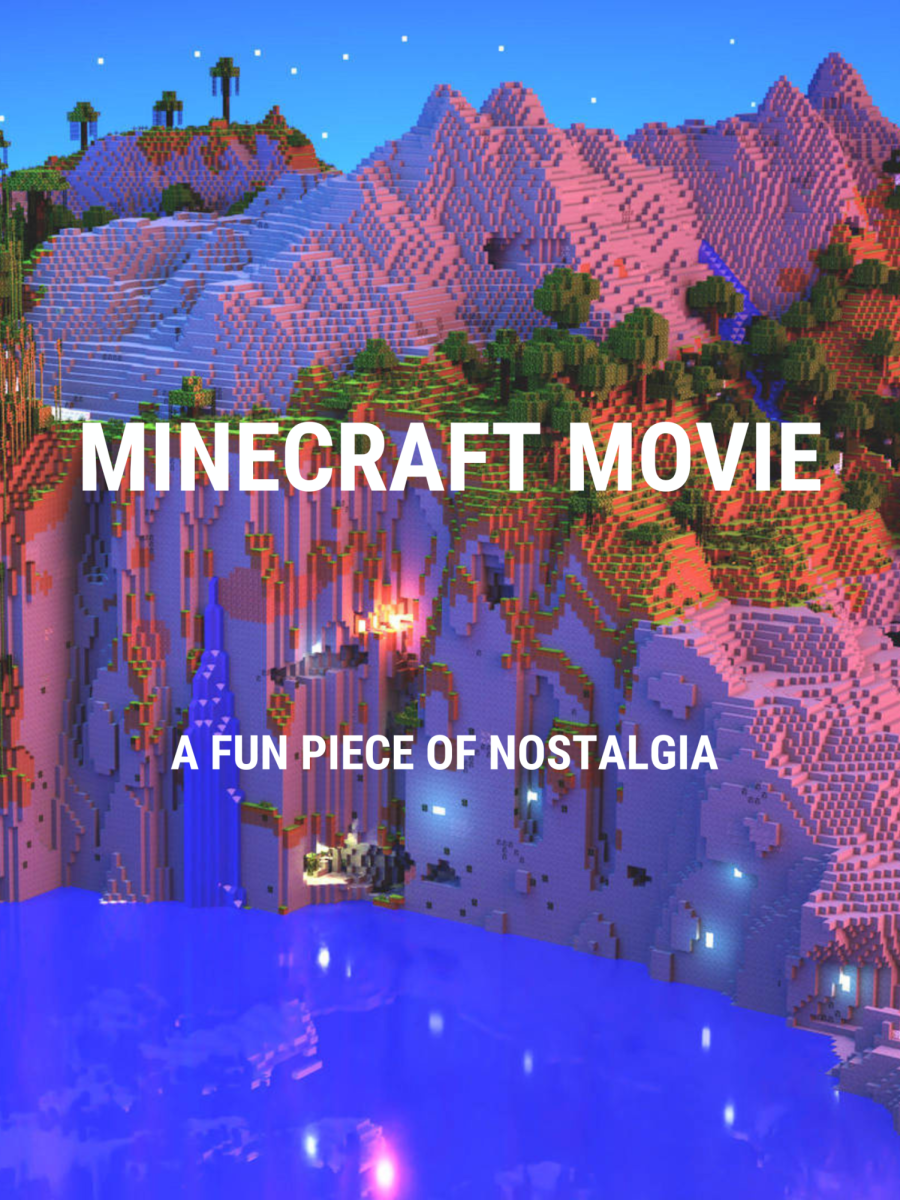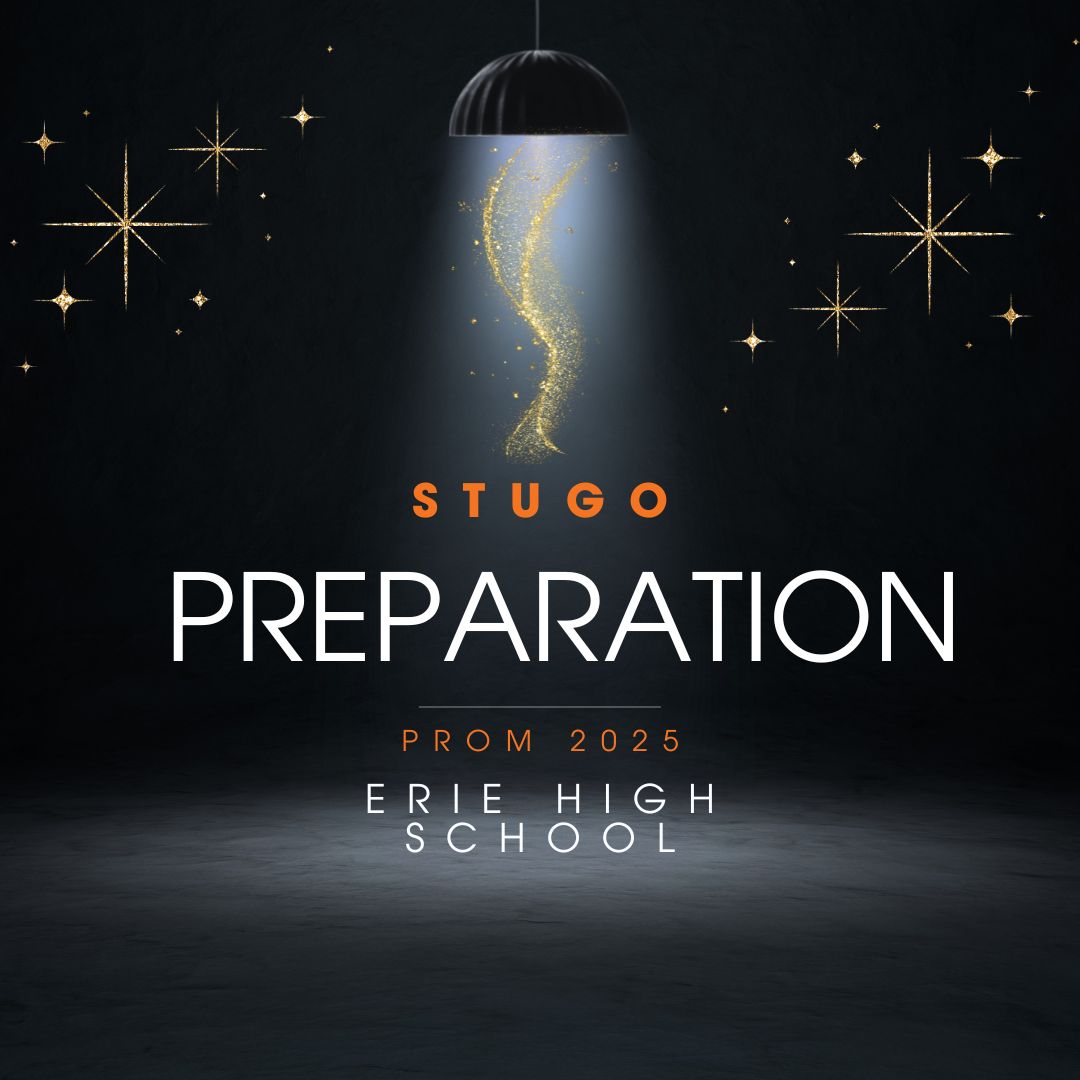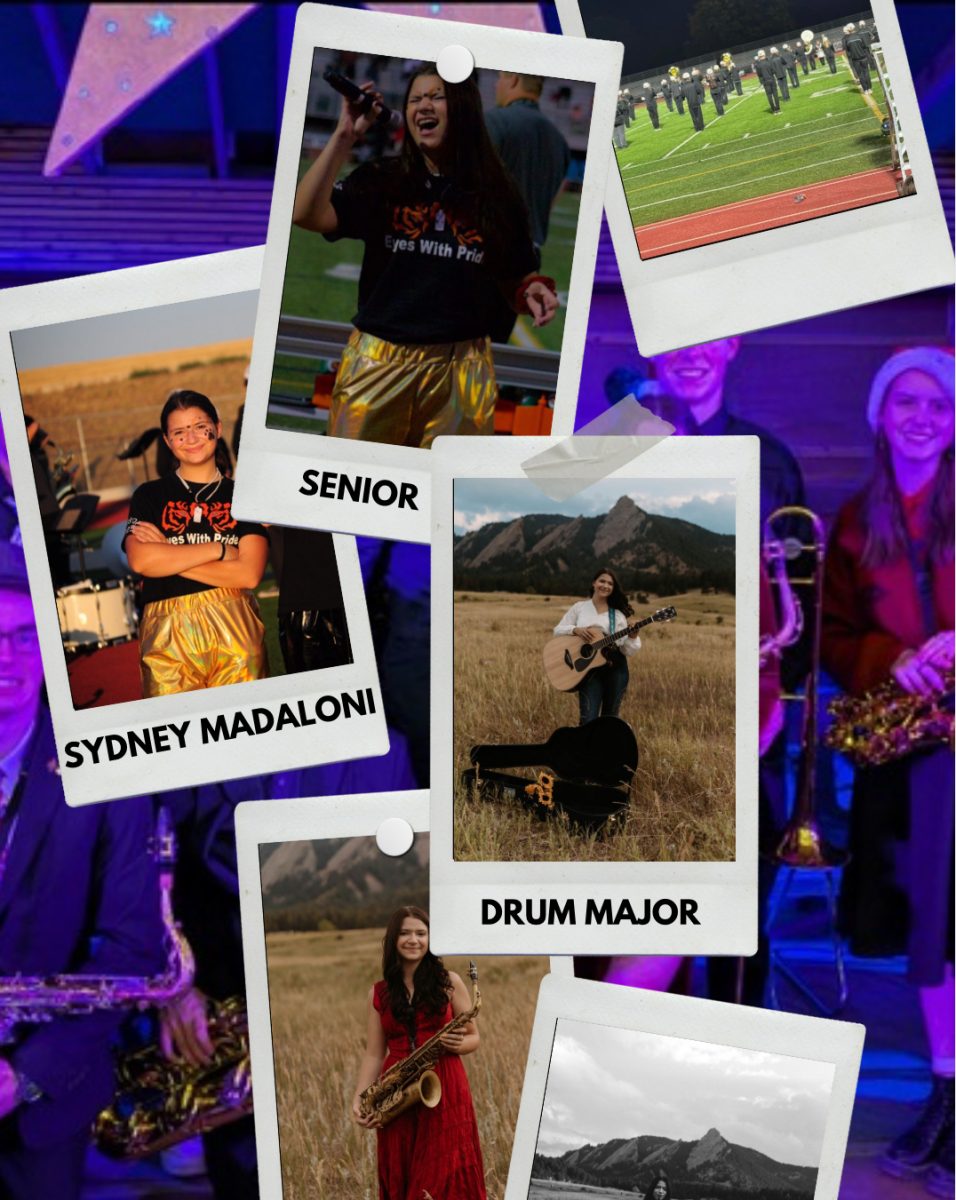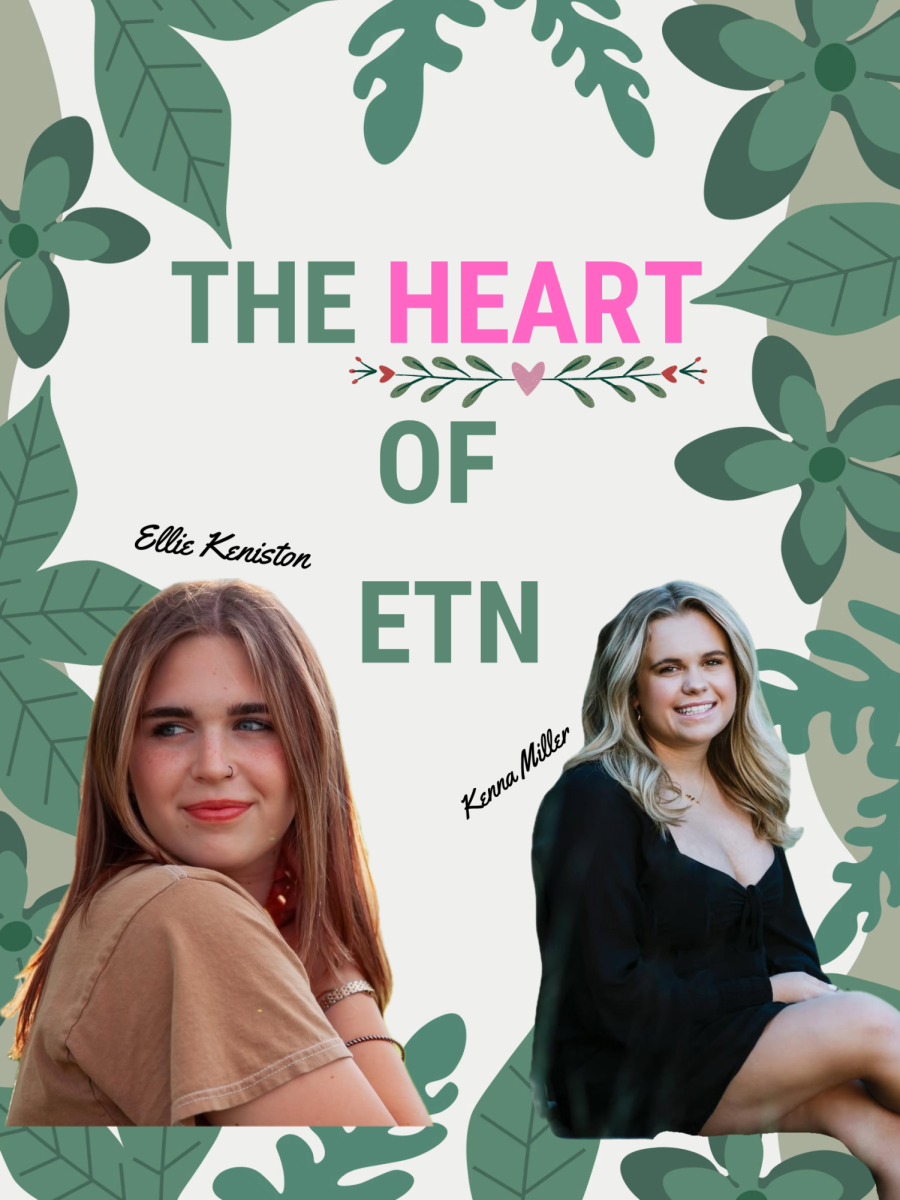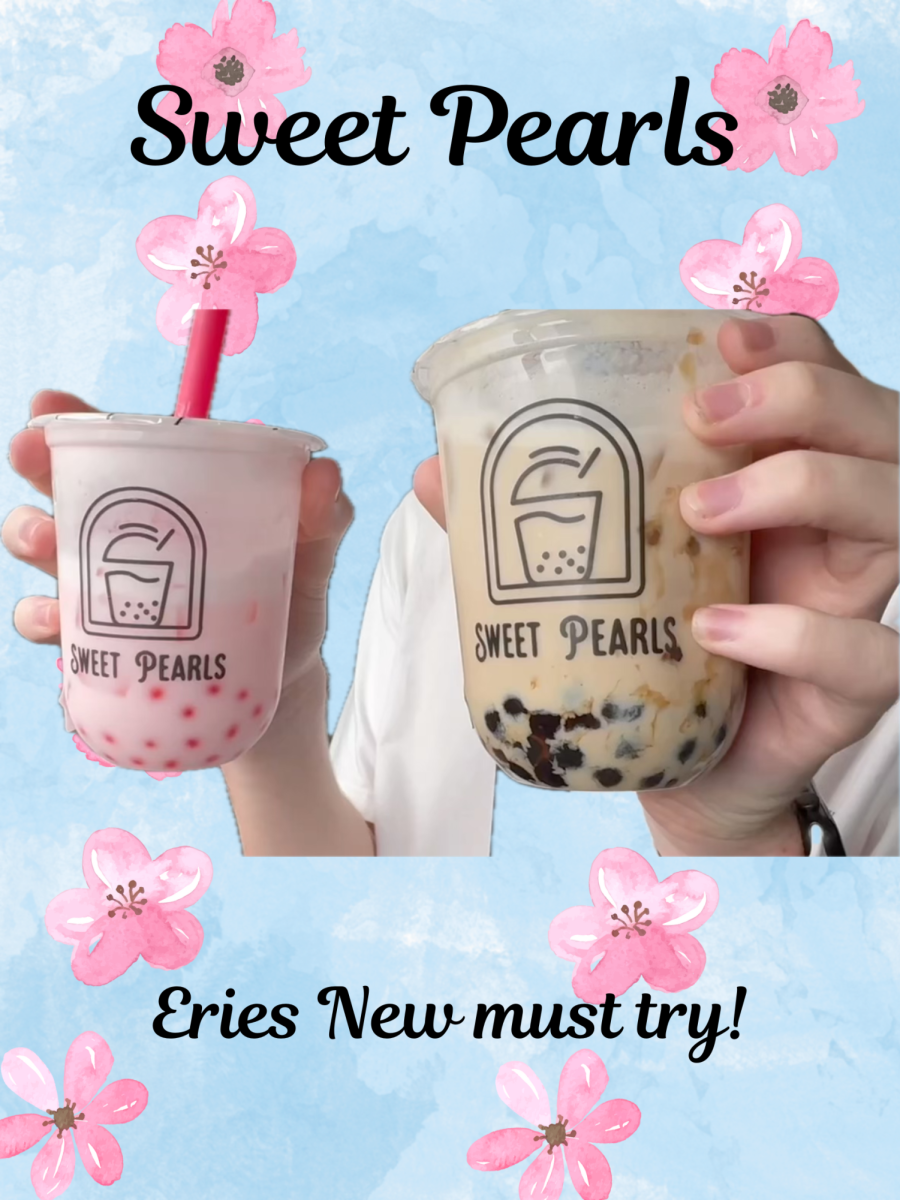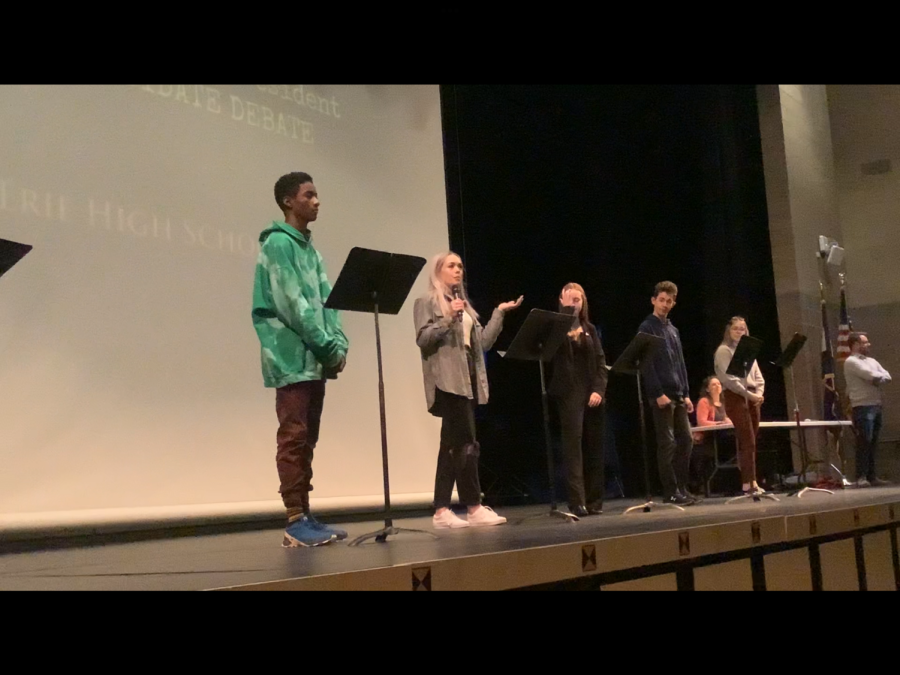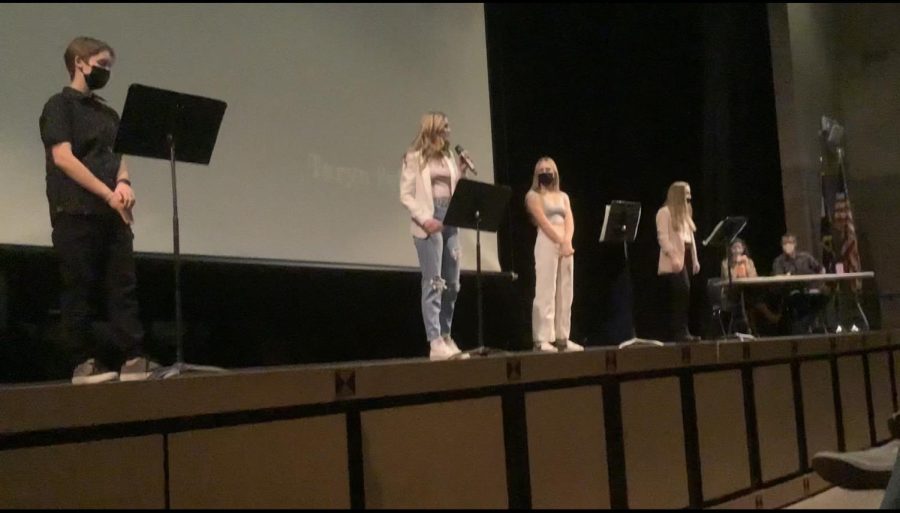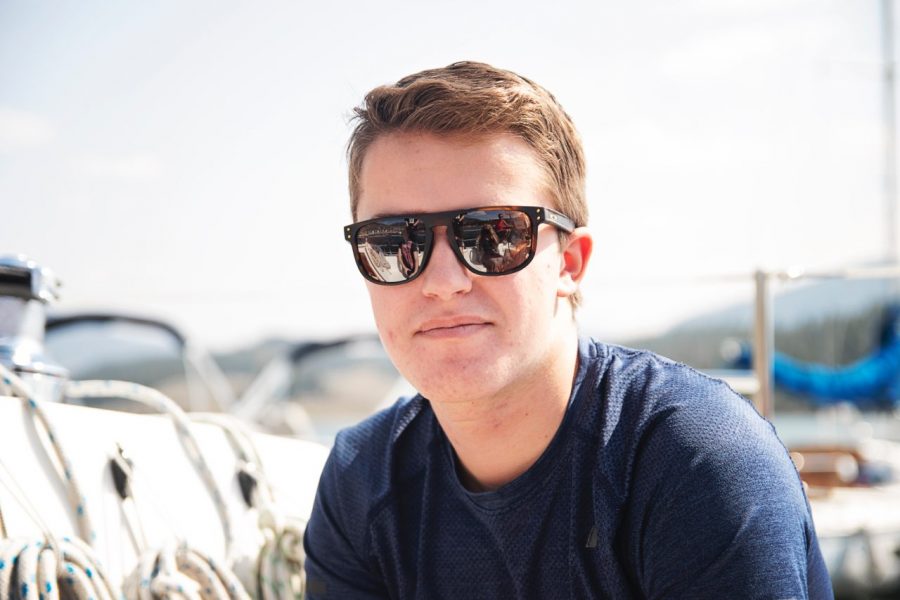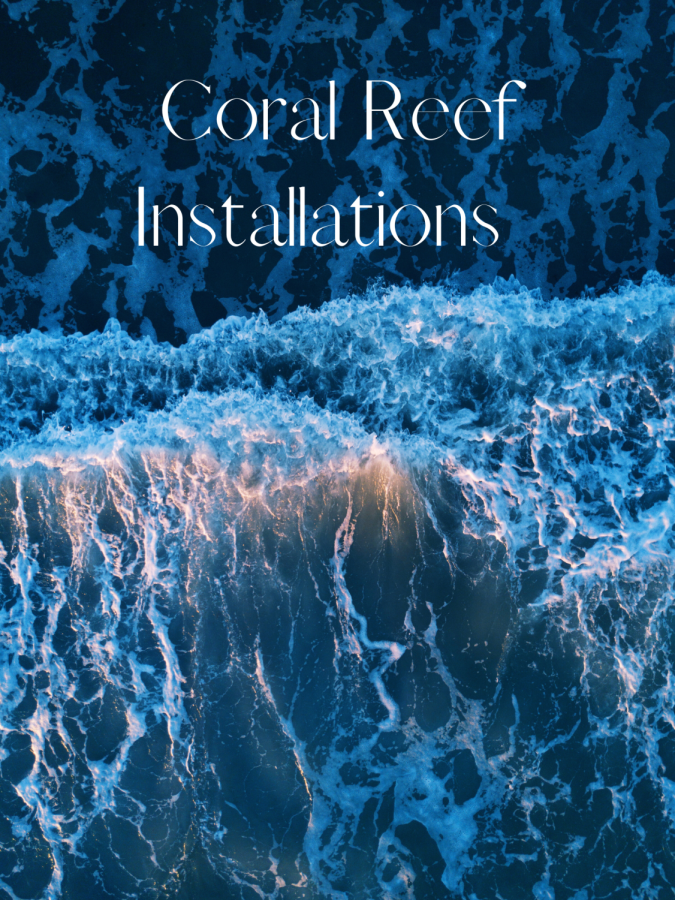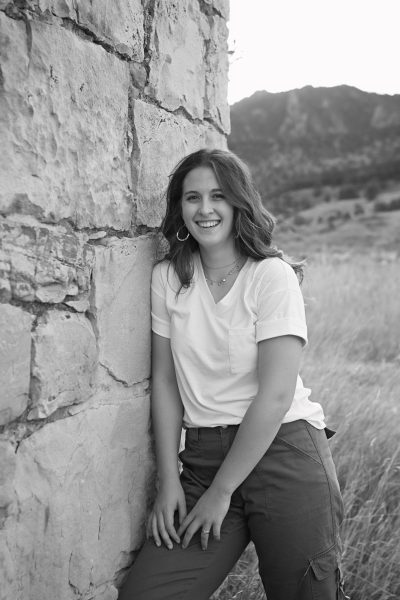Ceramics Makes Coral Reef Installations
February 2, 2023
This year the Erie High School ceramics department added something new to their program, and contrary to most of the projects in their art classes this one was able to be viewed by the whole school.
The coral reef exhibits could have been found throughout different parts of the school at the end of last semester, and into the beginning of 23’ school year.
Every exhibit looked different, containing different characteristics that students in groups wanted to include. This project overall took them around six weeks to complete and consisted of not only making the sculptures but also researching different types of coral that are found in oceans today.
“I wasn’t sure of what to do for another unit this semester, and I saw that some other schools were doing big installations, and other middle schools and elementary schools had done coral reefs.” Renita Orellana, Erie’s ceramics teacher explains. She continues to say that most of the other schools that had done the projects did something that was, “just a table in a classroom.” Orellana had chosen to utilize the coral reef idea and make it bigger and more advanced by placing them on multiple boards throughout the school.
Laina Kitlowski, a student at Erie who took intermediate ceramics last semester, thus participating in the project reflects on their work. “We took a lot of time on it, and it wasn’t super rushed.” This elongated time for the projects gave students time to go in-depth in their work and increase the level of intricacy in their coral reefs.
Though students worked in groups to create each board, there was a big portion of individual work when it came to the creation of each piece. “We worked together to plan it out, but when we were working it was super individual,” Kitlowski reflects.
Though each project comes with its different lessons, students taking intermediate ceramics were able to continually practice skills that they had already learned within other projects, such as their matching cup project that took place earlier in the year.
Kitlowski comments on this saying, “it was a good way to practice and keep on making shapes.”
Though, the coral reef installation project brought on a new lens from outside of the art classroom. As students prepared for the project their research of different types of corals enhanced their creations. “I incorporated students looking at the reefs with a scientific eye, to try to get them to look really realistic.” Orellana says.
The coral reef installation was an overall success for both Orellana and the students who participated in it, and it is scheduled to return once again this spring as a new wave of students has joined the class. Though Orellana plans to change the project according to some of the interests of the students, as they will develop their themes to propose for different boards that will be in different parts of the school.





